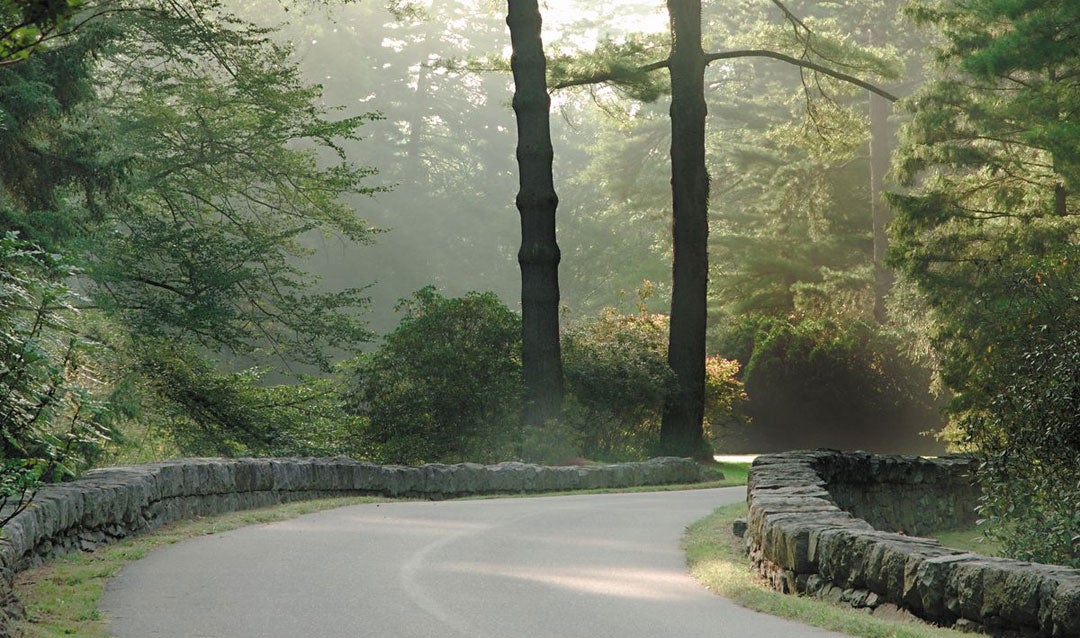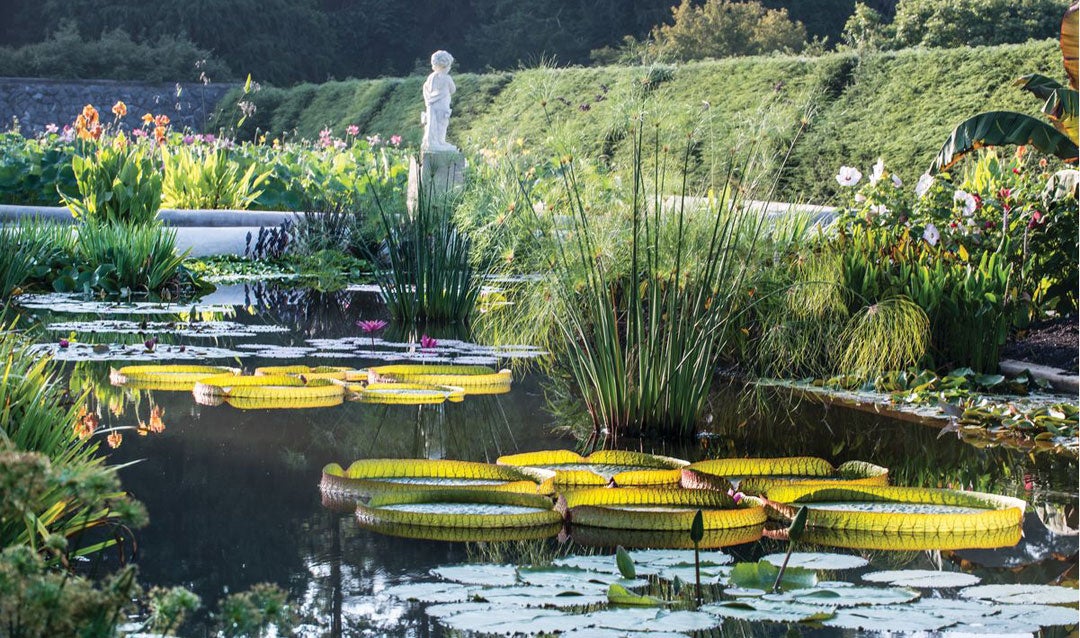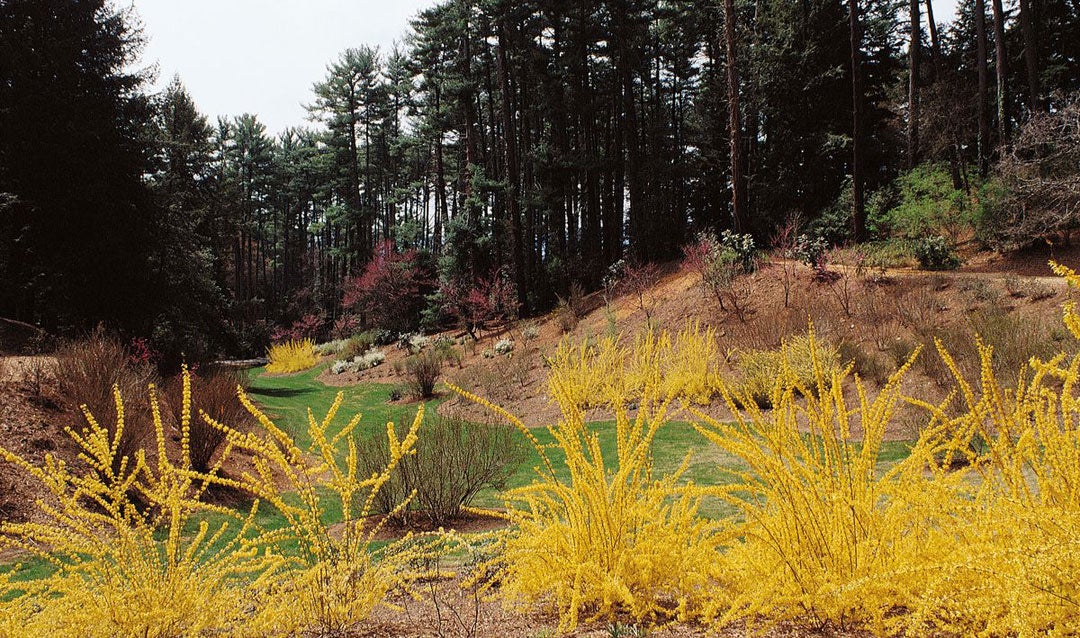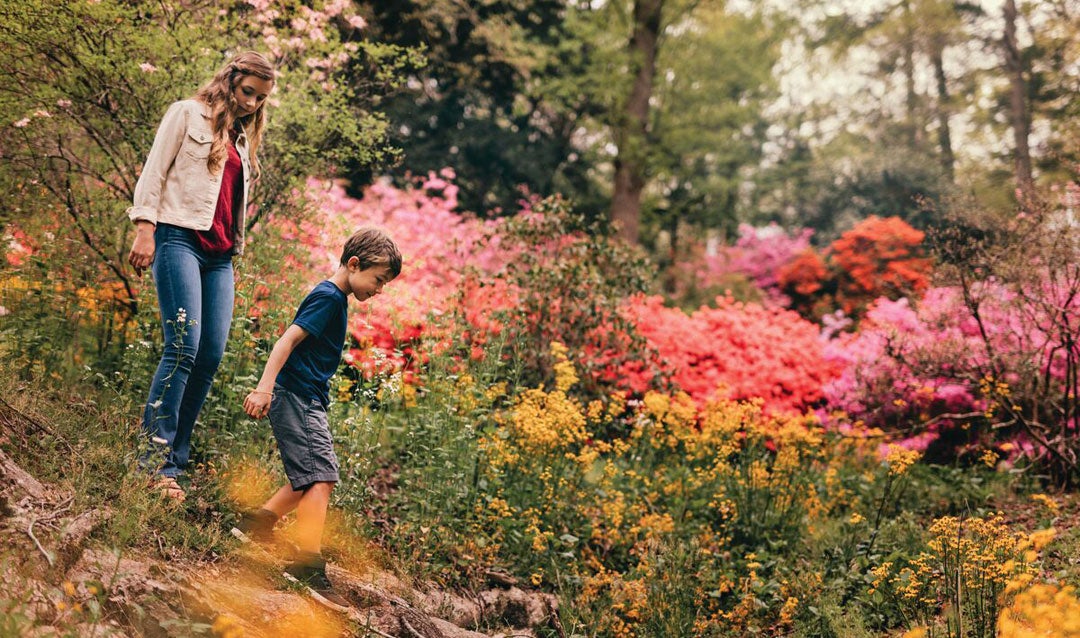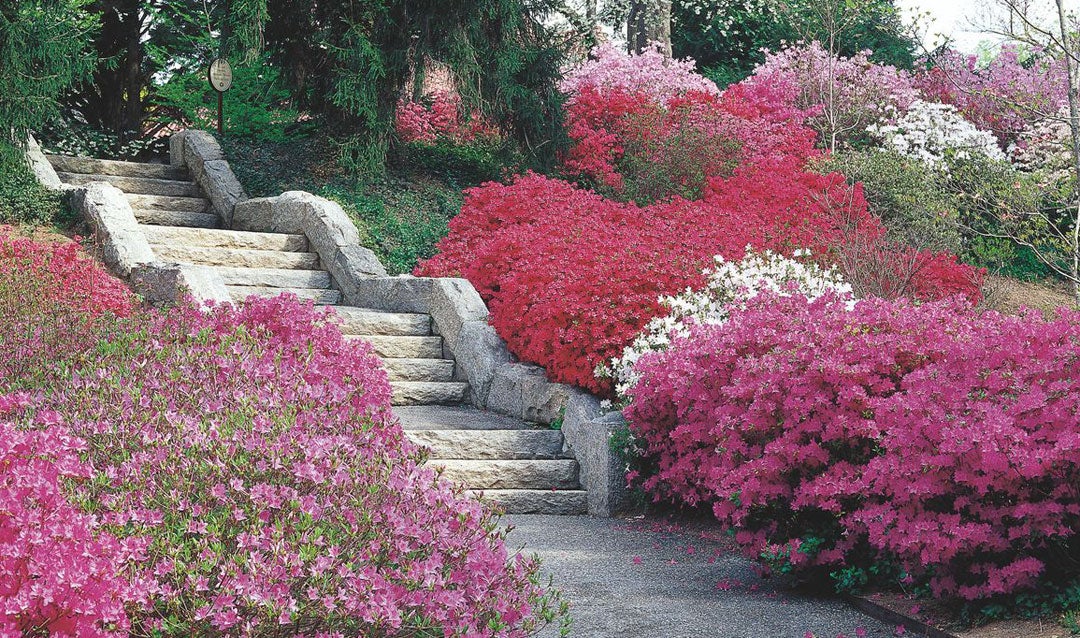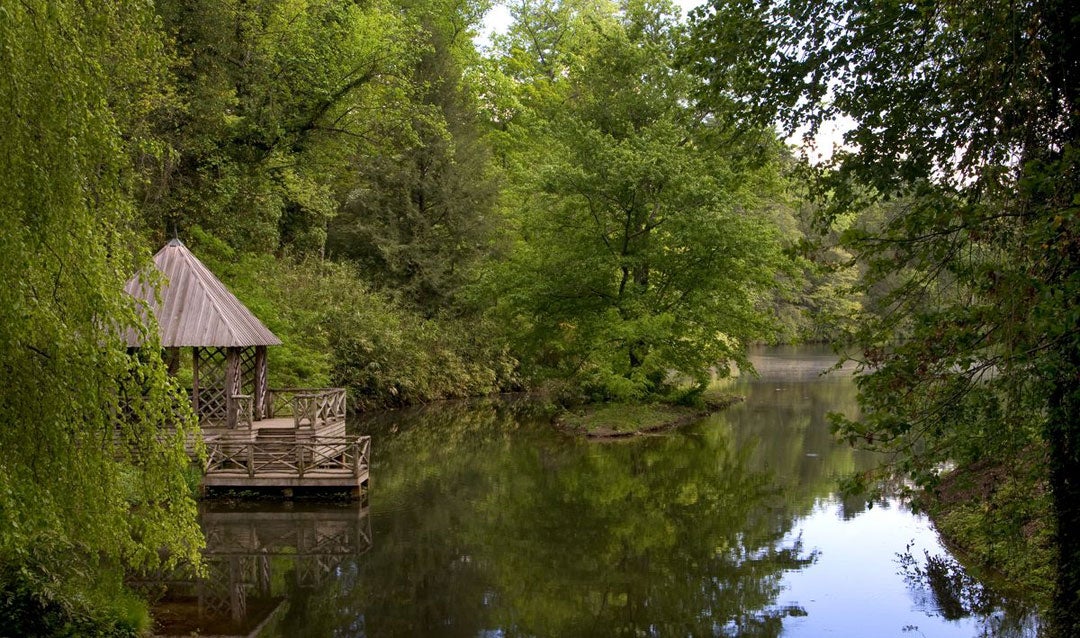From dozens of decorated trees to miles of garland (yes, miles!), Christmas at Biltmore is a season characterized by twinkling lights, beautiful ornaments, and breathtaking floral arrangements throughout America’s largest home.
Although the general impression of the decked halls in Biltmore House is one of glittering splendor, some of the decorative elements are stunningly simple, owing their beauty to Mother Nature’s handiwork rather than any man-made creation.
 “I’m all about less is more,” said Betsey Baker, a member of the Biltmore Floral team. Betsey came to Biltmore in 1999 as a plant expert at A Gardener’s Place, the charming garden and gift shop located beneath the Conservatory in the Walled Garden. In 2001, she joined Floral, which included cutting privileges for the gardens and grounds, and Betsey embraced the concept of “bringing the outdoors in” that meshed with her own natural style. Though officially retired for several years, Betsey continues to work with Floral on a reserve basis.
“I’m all about less is more,” said Betsey Baker, a member of the Biltmore Floral team. Betsey came to Biltmore in 1999 as a plant expert at A Gardener’s Place, the charming garden and gift shop located beneath the Conservatory in the Walled Garden. In 2001, she joined Floral, which included cutting privileges for the gardens and grounds, and Betsey embraced the concept of “bringing the outdoors in” that meshed with her own natural style. Though officially retired for several years, Betsey continues to work with Floral on a reserve basis.
“For me, the beauty of arranging plants and flowers is that they tell me where they want to go,” Betsey said of her personal design aesthetic.
 That was never more apparent than in 2009 when the estate’s theme was “Flowers, Fields, and Forests.” Betsey, who has cutting privileges in Biltmore’s gardens, created a particularly lush display featuring mounds of dried Hydrangea macrophylla that she harvested from the estate, spread out to dry, and then incorporated into her plan for the Music Room.
That was never more apparent than in 2009 when the estate’s theme was “Flowers, Fields, and Forests.” Betsey, who has cutting privileges in Biltmore’s gardens, created a particularly lush display featuring mounds of dried Hydrangea macrophylla that she harvested from the estate, spread out to dry, and then incorporated into her plan for the Music Room.
 “This type of hydrangea produces a large “head” of pale green blooms that is very full and tightly packed,” Betsey said. “After I clipped the heads, I hung them upside down to dry. As they dried, some of the flowers took on a warm cream and bronze hue, with beautiful pink tips. It gave the Music Room a natural blush of color that softened the massive mantel and drew out subtle tones in the woodwork and the furnishings.”
“This type of hydrangea produces a large “head” of pale green blooms that is very full and tightly packed,” Betsey said. “After I clipped the heads, I hung them upside down to dry. As they dried, some of the flowers took on a warm cream and bronze hue, with beautiful pink tips. It gave the Music Room a natural blush of color that softened the massive mantel and drew out subtle tones in the woodwork and the furnishings.”
For Christmas at Biltmore this year, Betsey worked almost entirely with live plants in areas including the Halloween Room, Stone Hallway, and the Loggia.
“I used a lot of nursery plants and mixed in some tropical specimens that you’d expect to find in the house or in the Conservatory this time of year,” said Betsey. “I kept it simple, but it definitely brings a living, breathing energy to those areas of Biltmore House that aren’t traditionally decorated with Christmas trees and floral arrangements.”





_a4_edited-1.jpg&fid=385&d=104083&)

 “
“ “We planted three different types of fingerling potatoes this spring,” Eli said. “Russian Bananas, which are a yellow-fleshed, banana-shaped potato, red-skinned Papa Chacos, and Magic Molly, which is a round, blue potato. They all came in well and I’m saving some of them for our special Taste of Biltmore events with Chef Vivian Howard of the PBS series A Chef’s Life.”
“We planted three different types of fingerling potatoes this spring,” Eli said. “Russian Bananas, which are a yellow-fleshed, banana-shaped potato, red-skinned Papa Chacos, and Magic Molly, which is a round, blue potato. They all came in well and I’m saving some of them for our special Taste of Biltmore events with Chef Vivian Howard of the PBS series A Chef’s Life.”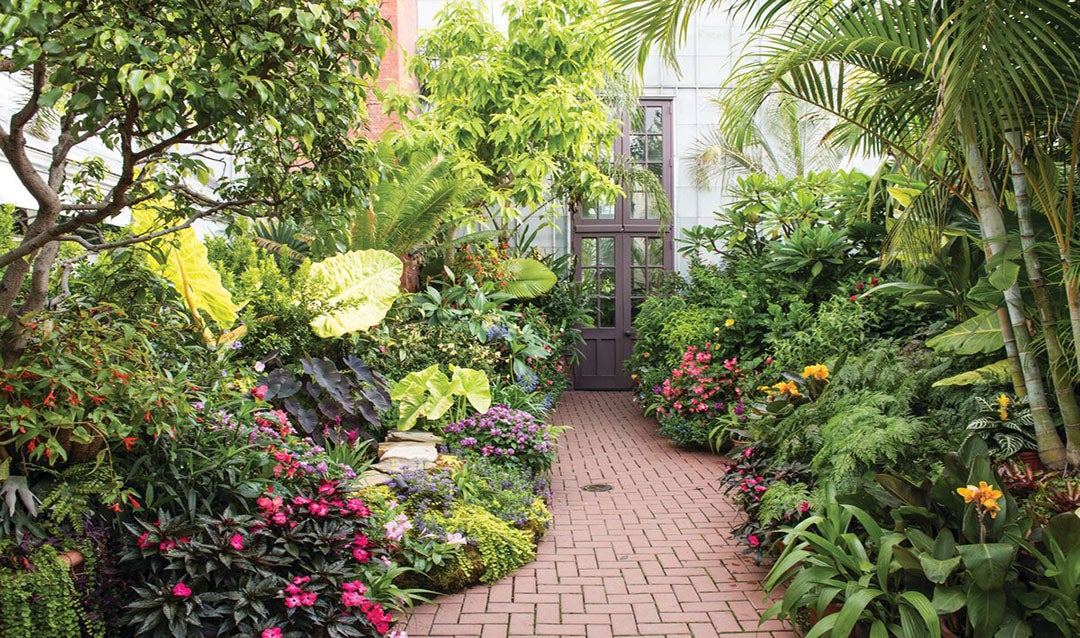
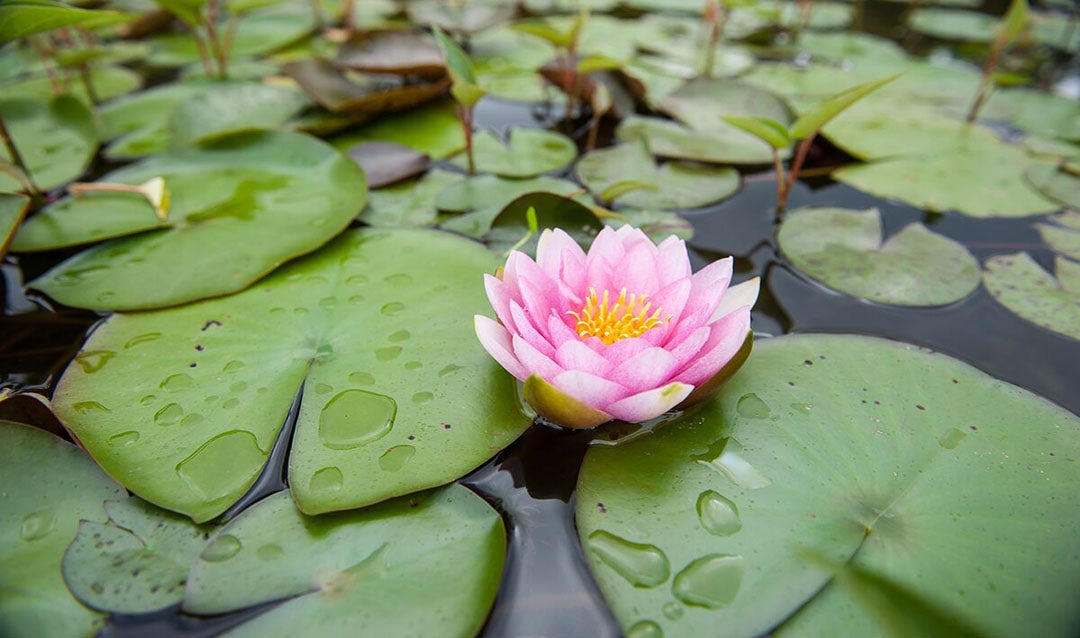
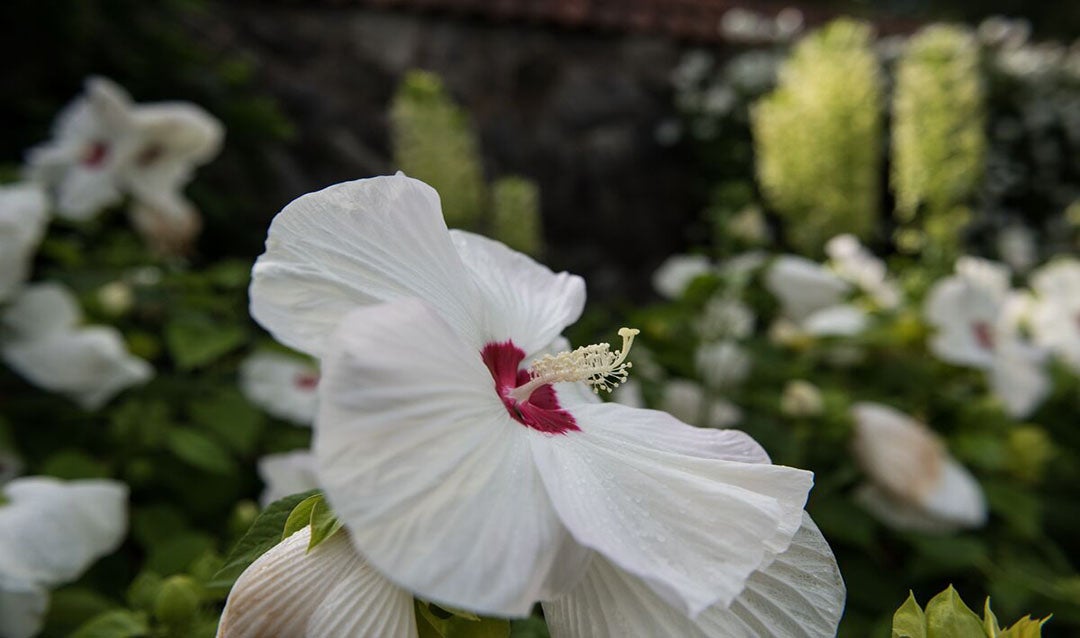
 To illustrate the idea of sun-kissed gardens and rebirth, Jill works closely with Biltmore's
To illustrate the idea of sun-kissed gardens and rebirth, Jill works closely with Biltmore's  This year's seasonal release label features
This year's seasonal release label features  After Jill approved the label design, Lisa worked with specialty printers to ensure that the colors and detail of the artwork would be preserved in the printing process.
After Jill approved the label design, Lisa worked with specialty printers to ensure that the colors and detail of the artwork would be preserved in the printing process. 